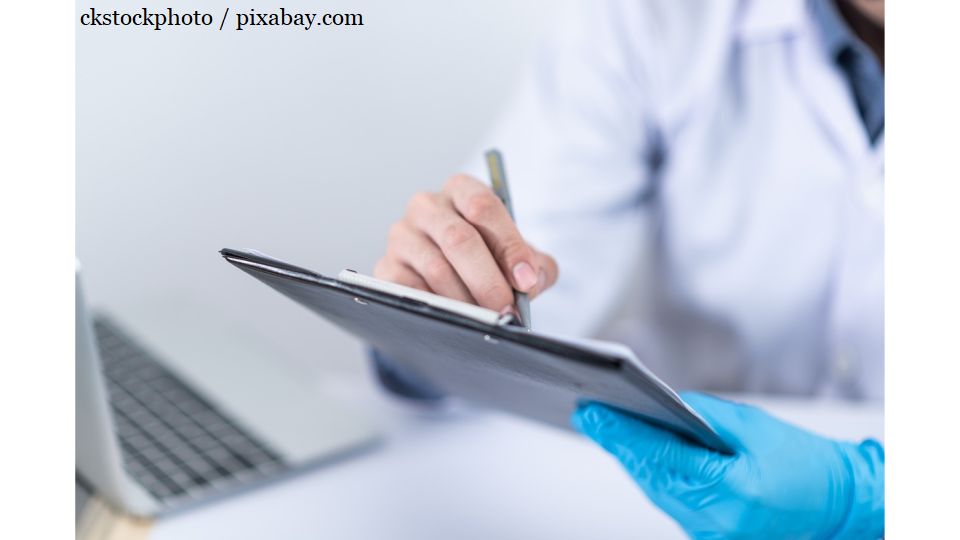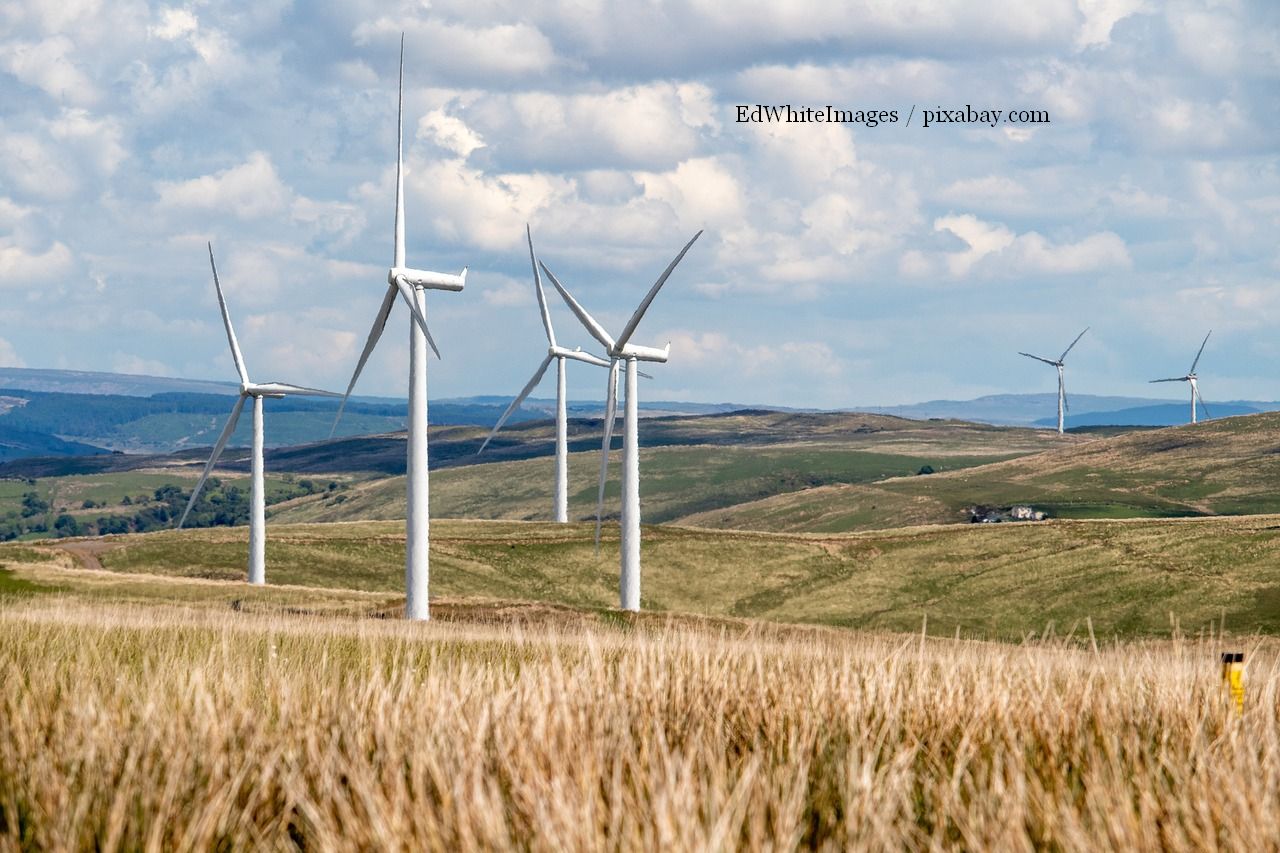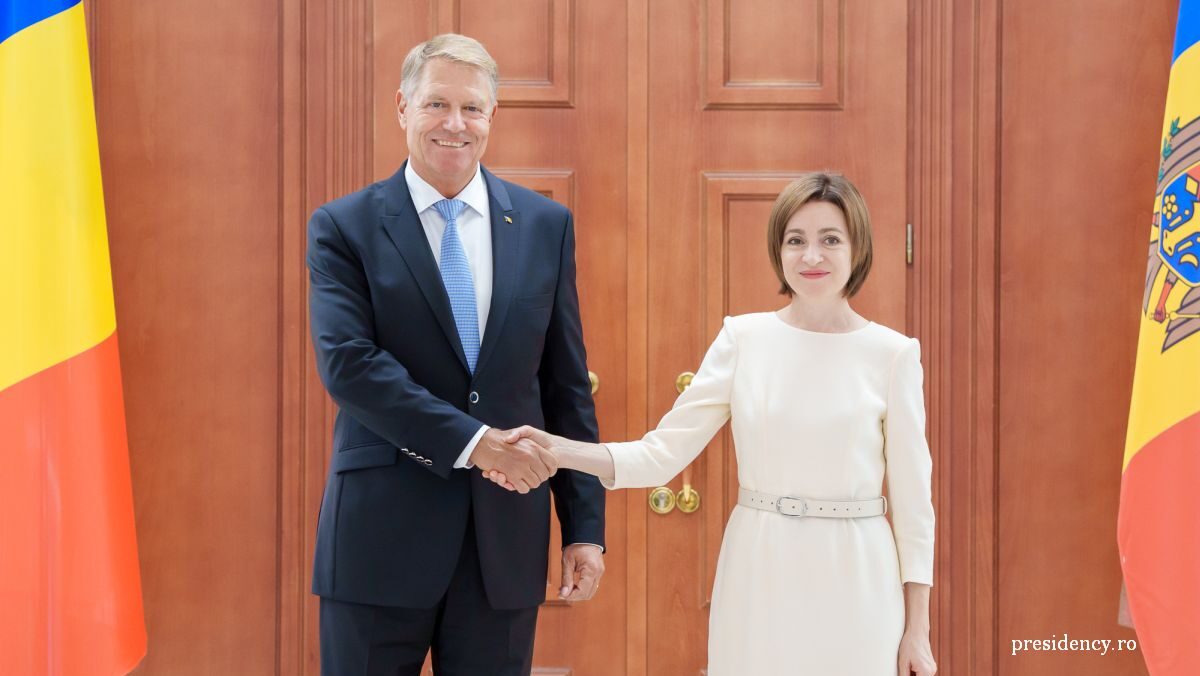Golden ideas in Geneva
In mid April, the Swiss Federal Council and the World Intellectual Property Organisation provided patronage to the 44th International Exhibition of Inventions of Geneva

Corina Cristea, 22.07.2016, 13:06
In mid April, the Swiss Federal Council and the World Intellectual Property Organisation provided patronage to the 44th International Exhibition of Inventions of Geneva, which has brought recognition for Romanian researchers this year as well. The Romanian researchers have won 20 gold medals, after winning 28 medals in 2015, of which 18 gold, 7 silver and 3 bronze. More than 700 exhibitors took part in the exhibition this year and many of the most original concepts presented were related to healthcare and the monitoring of the human body, from an app for sleepwalking accident prevention to a device that detects how much blood an injured person has lost before automatically starting a transfusion.
Marioara Avram, a researcher at the National Institute for Research and Development in Micro-technologies in Bucharest was again among the exhibition’s gold medallists. Last year, together with a group of young researchers, she created a reagent of gold nano-particles that accurately defines the area of a tumour, both in terms of size and depth, an invention that can help doctors establish the spread of a tumour and decide how much they need to extract. The reagent won a gold medal in Geneva in 2015 and was the starting point for a new invention that itself won a gold medal this year.
Marioara Avram explains: “This year I continued my work on melanoma. I created a device that allows me to measure the dielectric constant and the refractive index of the tumours in order to separate the tumour cells from the healthy cells. This is a non-invasive method of identifying the tumour cell with no need to perform a biopsy of the tumour. These tumour cells can be detected straight from the blood by measuring the dielectric constant or the refractive index. The idea is based on last year’s invention, when, using a reagent with colloidal gold, I noticed on the microscope that the plasmon resonance for the tumour cells on these melanoma were at a different wavelength than I expected. Generally, plasmon resonance occurs in biological matter, so I had to find out why this happened with the gold nano-particles and to create this device to establish in an accurate way the characteristics of these tumour cells, characteristics that had not been defined before. This is a new intermediate step to creating another device I’m working on, which will allow me to detect tumour cells circulating in the blood, which is an entirely revolutionary method in the world right now.”
Bucharest University professor Daniel Ghiculescu also won a medal at the International Exhibition of Inventions of Geneva this year. “The trend is to combine technologies and unconventional procedures and use micro and even nano-technologies”, is how professor Ghiculescu describes the inventions that brought Romania medals this year:
Daniel Ghiculescu: “I presented two inventions, both of which won a gold medal and some special jury prizes. They are a continuation of our current line of research that combines unconventional technologies. These procedures are known as hybrid combination, such as that between electro-erosion and ultrasound in one case and between electro-chemistry and ultrasound in another case. This type of combination has many advantages in the sense that it creates a certain synergy and enhances the advantages of each individual procedure. It’s all part of a major trend, that of creating ever smaller surfaces, to achieve ultra-miniaturisation, which is a challenge in all areas, whether IT, telecommunications, electronics or opto-electronics and many other fields.”
The real problem, says professor Ghiculescu, is the transfer of lab technology to different market segments so as to be marketed: “The International Exhibition of Inventions of Geneva is a very good way of promoting our inventions abroad, where these industries are more developed and where these products have a better chance of being used. I’m convinced that if the results are promising, potential investors will also show up. I believe, however, there is a gap between what happens in Europe, which is perhaps more conservative, and the United States and Asia, where the technological transfer is achieved in a faster way.”
According to official data, the State Office for Inventions and Trademarks in Bucharest receives 1,000-1,100 patent applications every year, but only about 400 of them are awarded the patent.






























